How Much Do You Know About Coral?
If you’re a diver you probably know a bit about coral. You should know how to identify different types and how to take care not to damage them. But how much do you really know about coral? Gangga Island is located in the middle of the Coral Triangle, so before you arrive you should know all you can about the coral you’ll see there. To get you ready we’ve put together some facts and interesting statistics about coral that might surprise and even shock you!
¼ of All Ocean Species Depend on Coral Reefs for Food and Shelter
This in itself isn’t so unbelievable. However, when you consider that they cover less than 1% of the Earth’s surface and 2% of the ocean floor, it becomes a little more incredible.
Corals can be Male, Female or Both
Reproduction in corals can be pretty varied. They can be male, female, or both and also reproduce sexually or asexually. Sexually reproduction is important for genetic diversity and starting new colonies, while asexual reproduction grows colonies faster.
Corals are Predators
This could come as a shock, but those beautiful hard corals you have been admiring are actually snacking on plankton and small fish. The coral polyps extend and sting passing prey and then pass the snack to their mouth. However, only about 10% of the energy corals need to survive come from the food it eats like this. The rest of the corals’ energy comes from photosynthesis.
Coral Reefs are Worth A Lot!
It may seem strange to put a price on coral reefs but they provide food, tourism jobs, shoreline protection and even medicine for humans. Because of this the world’s coral reefs have been valued at about 30 billion US Dollars and just over 170 billion US Dollars a year.
There are Thousands of Species of Coral
There are at least 2,500 species of coral and more being discovered all the time. In North Sulawesi, where you’ll dive while staying at Gangga Island Resort & Spa, there are almost 400 species of coral. You could dive every day of the year and still find new corals to be amazed by!
Most Corals Polyps are Clear
You may see the most wonderful vibrant colours of coral while you’re diving but coral polyps are actually clear. Hard corals have white skeletons much like human bones. Their fantastic colours come from the tiny algae called zooxanthellae that live in their tissue. The pigments of these algae show through the clear body of the polyps and give the coral their brilliance.
“Coral bleaching” is when coral polyps lose their zooxanthellae. Without their brightly coloured symbiotic algae they become nearly transparent, or bleached.
Coral Reefs Can Be Manmade
Over the past decade or so marine biologists have been working to rebuild damaged coral reefs and stop shoreline erosion by building Biorock or bioreefs. These artificial reefs are made from metal structures with a very small electrical current running through them. Coral happily grows on the structures and softens the impact of waves on the shore. You can read more about how bioreefs have helped Gangga Island’s erosion problems here.
Did you learn some new things about coral in this article? Let us know what you found out in the comments below.

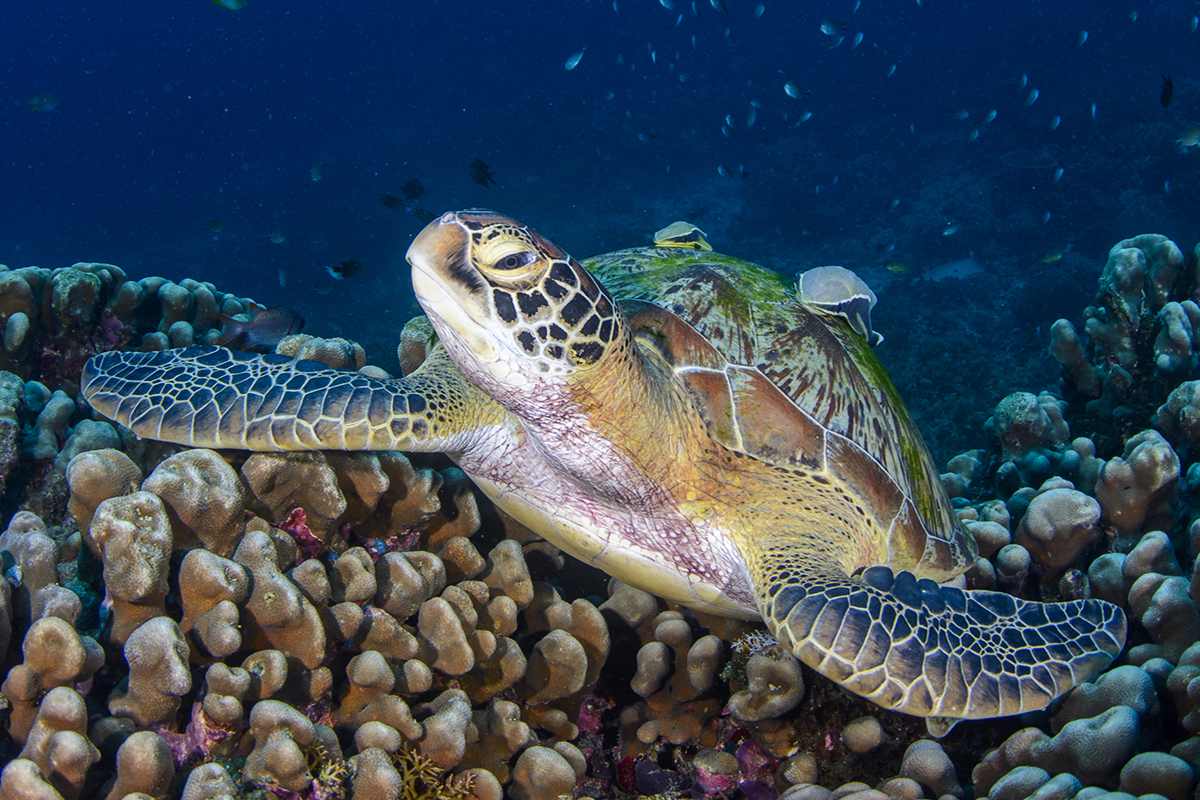
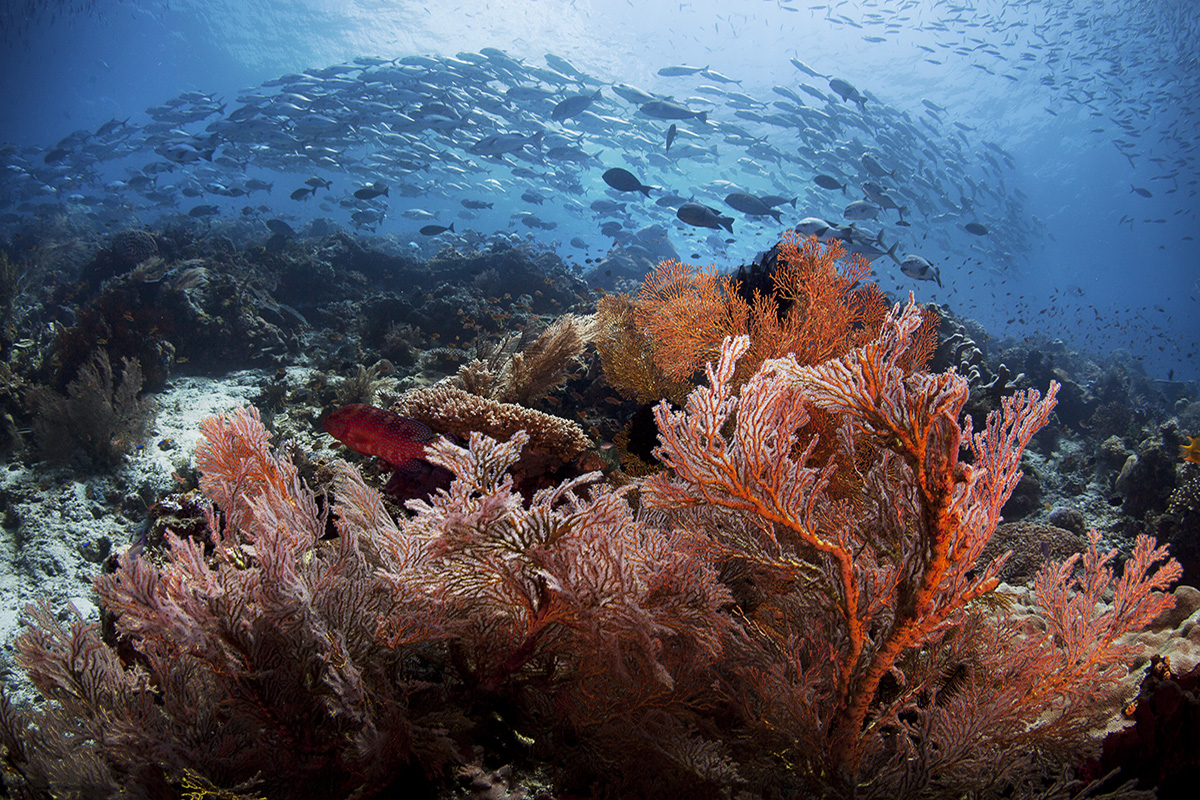
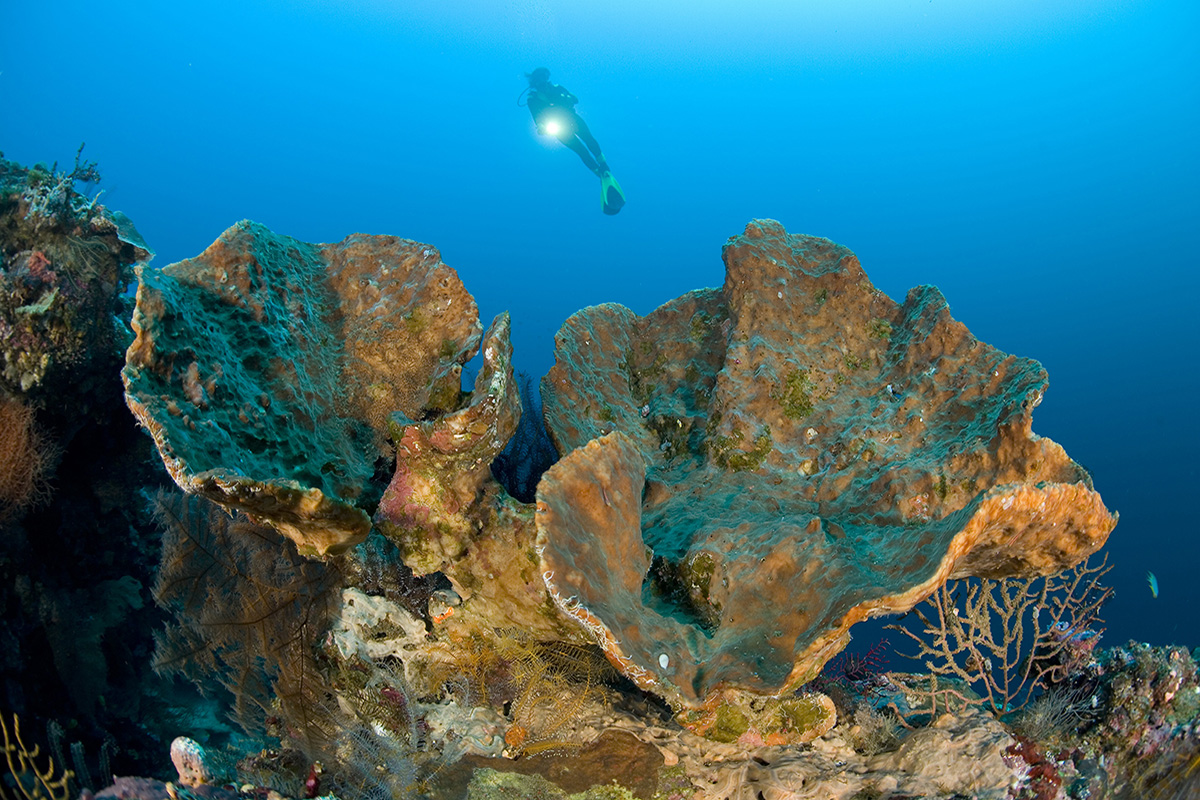
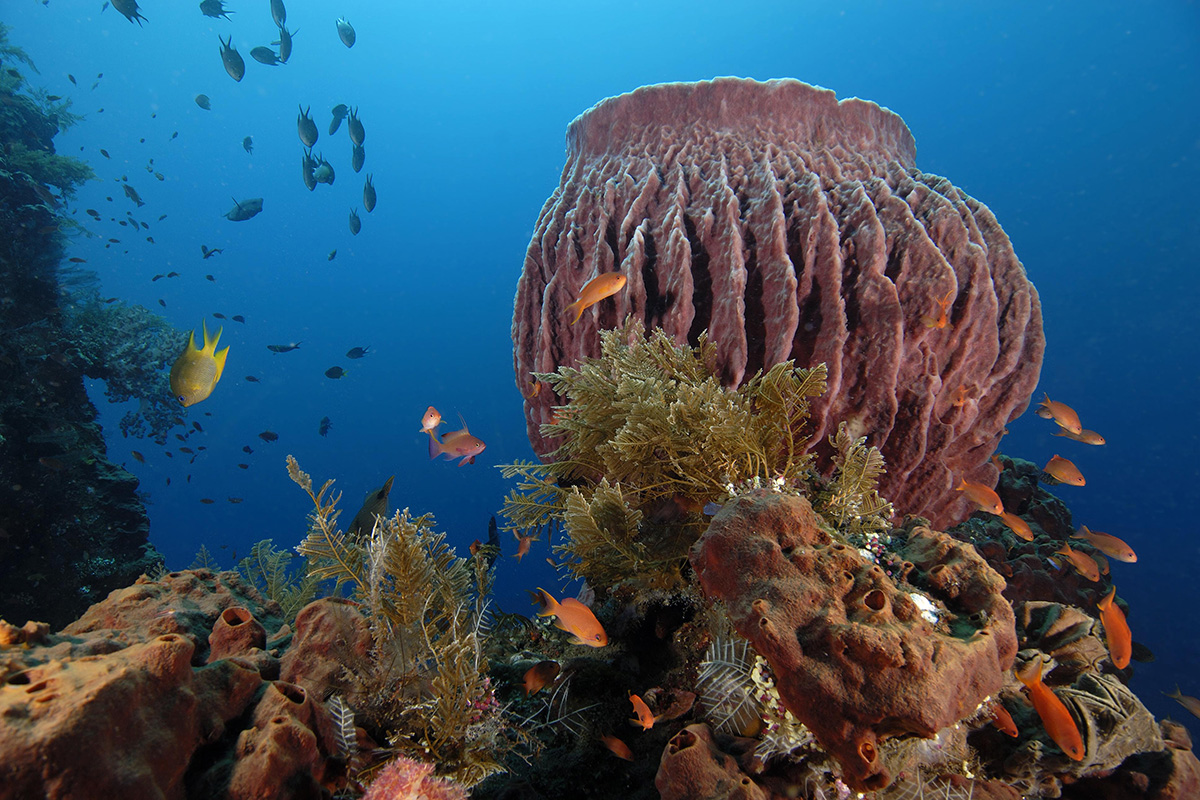
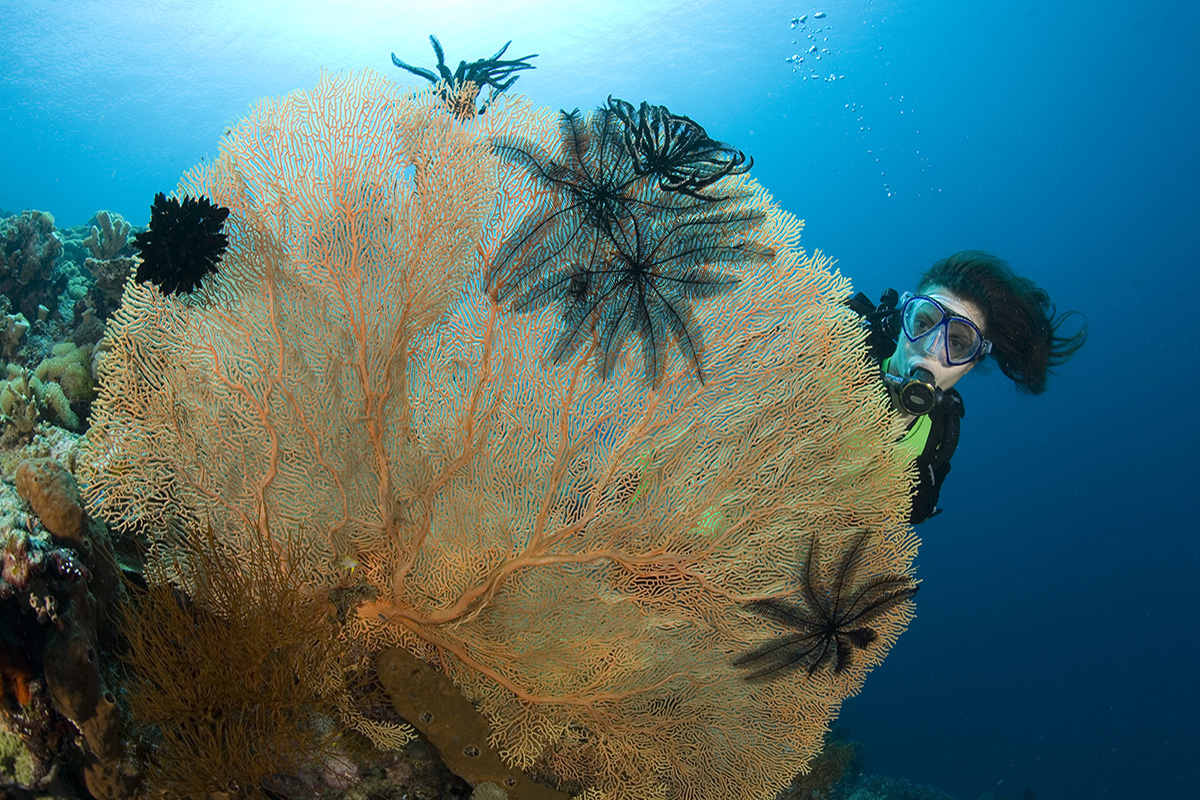
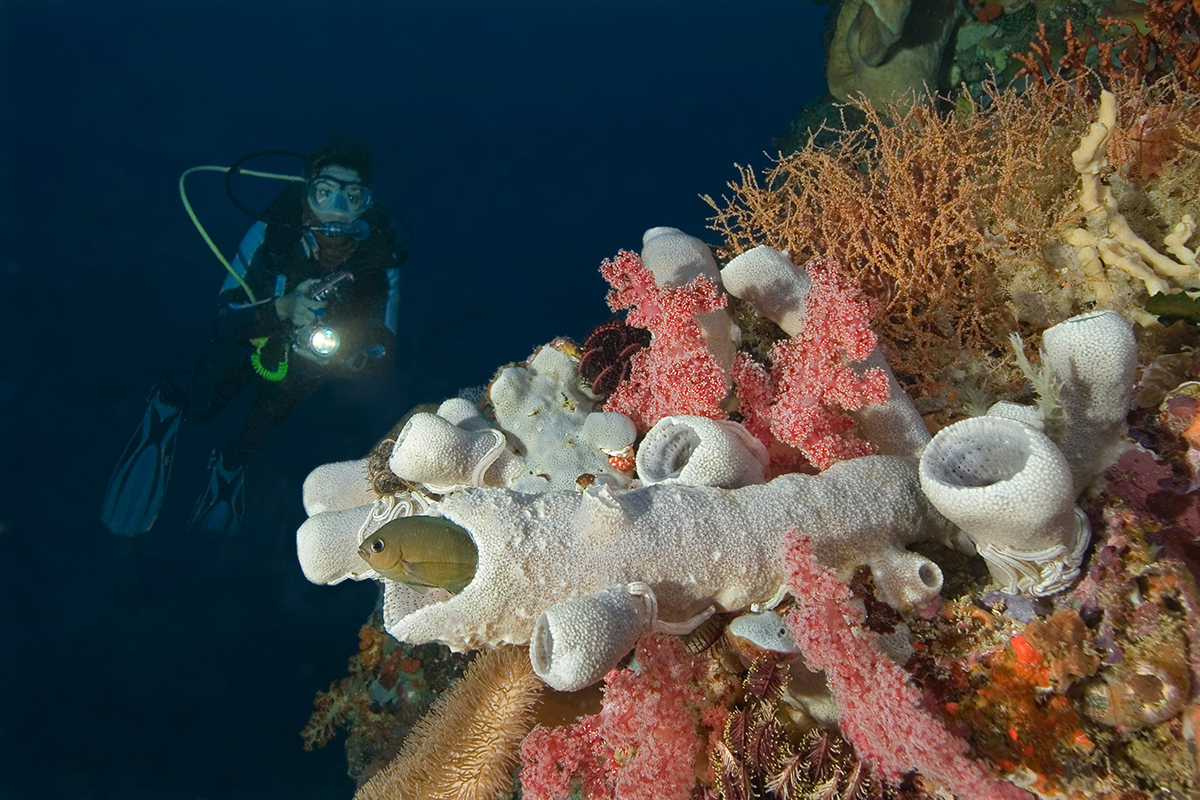
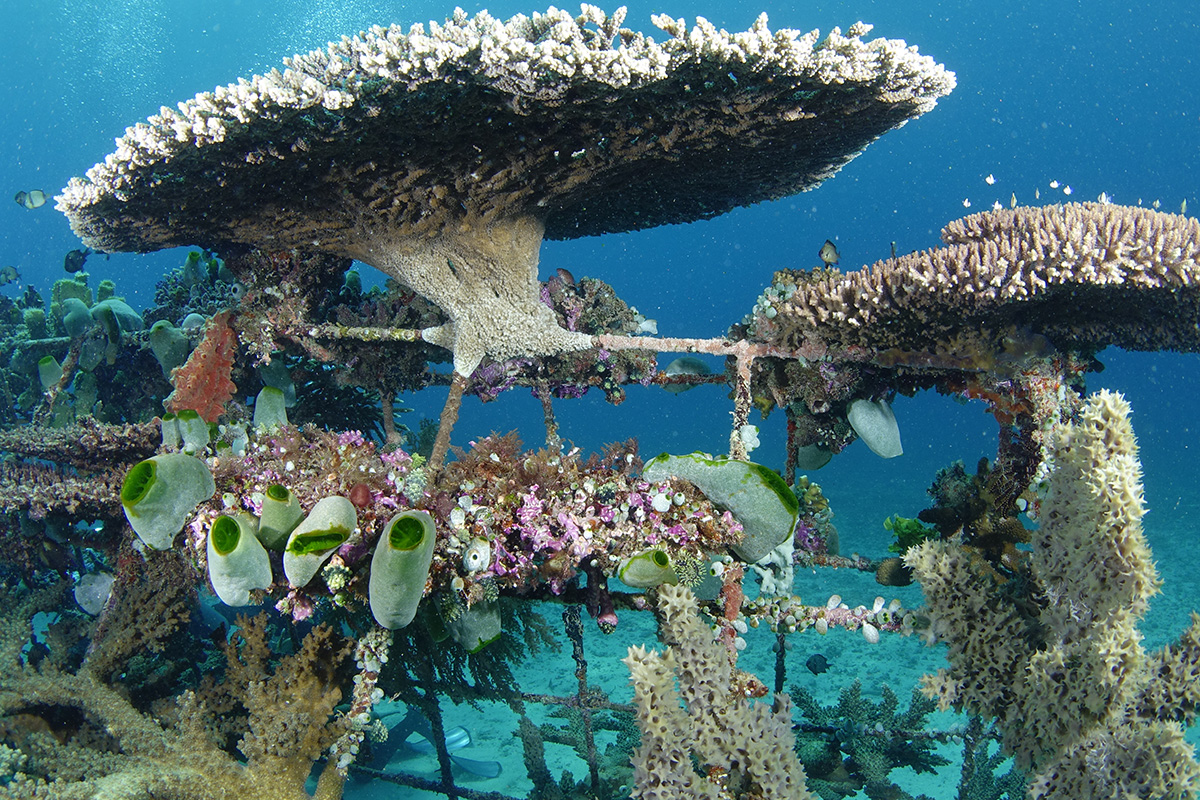

1 Comment